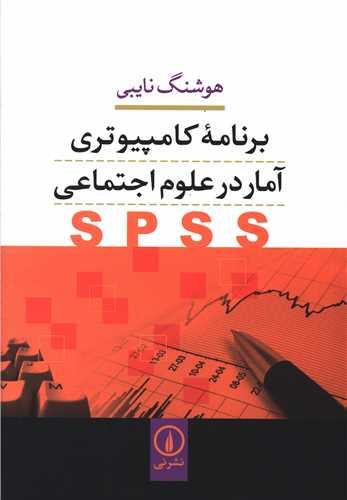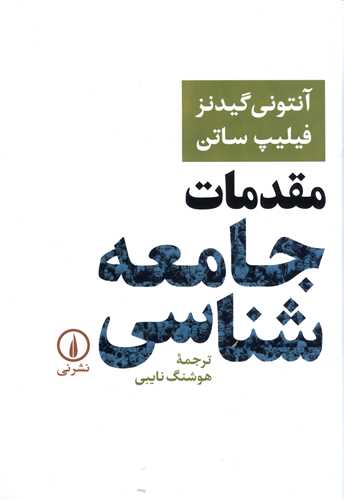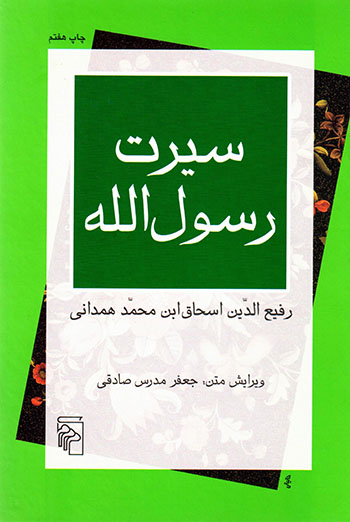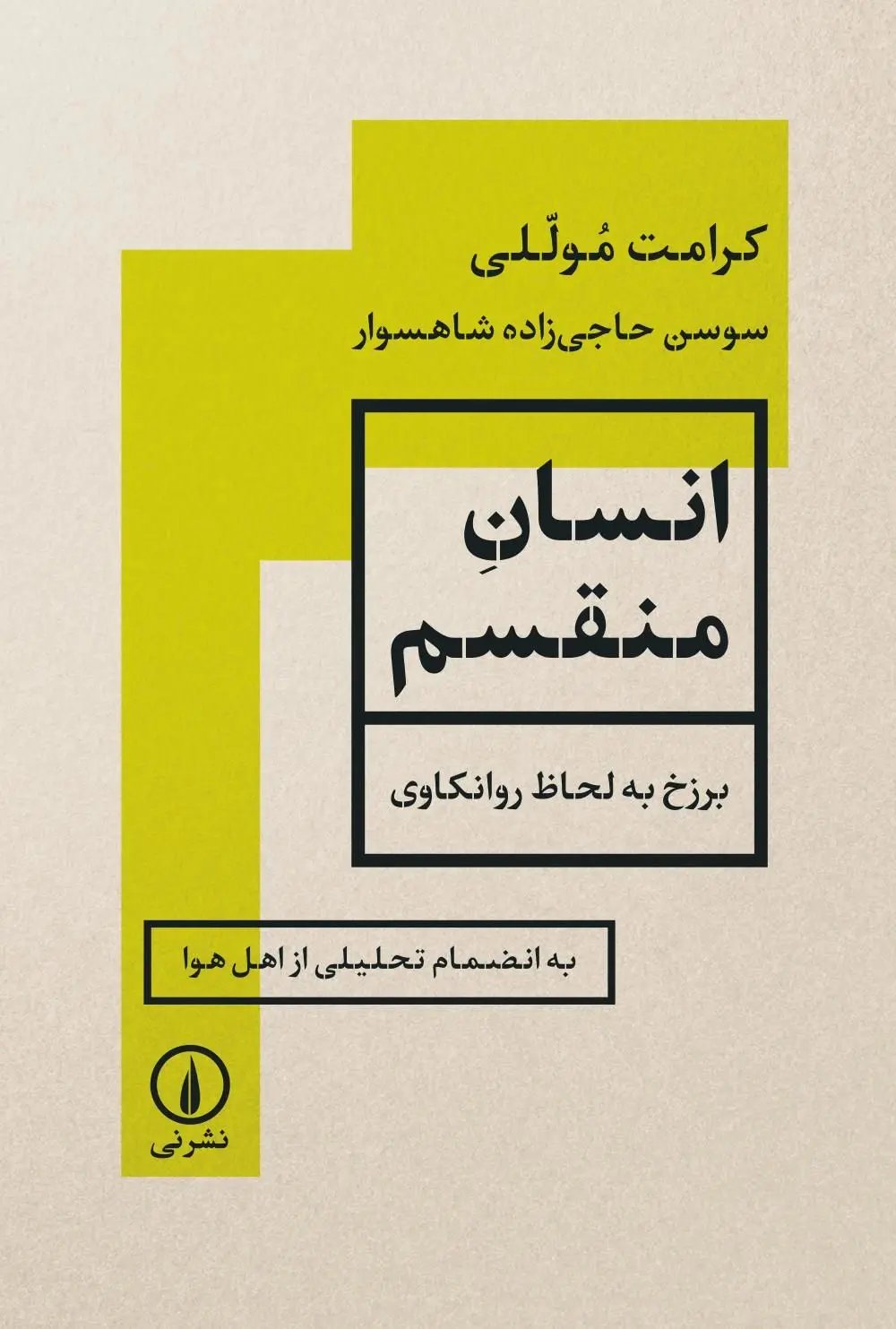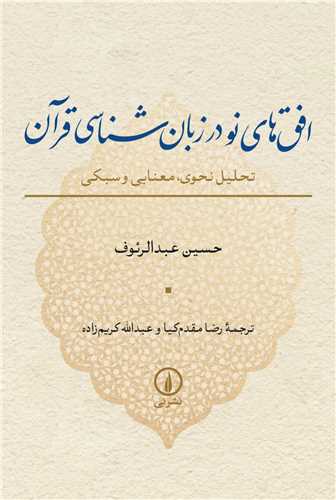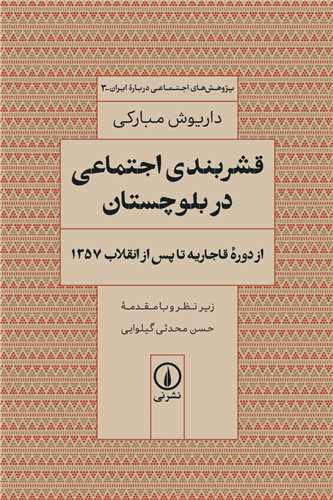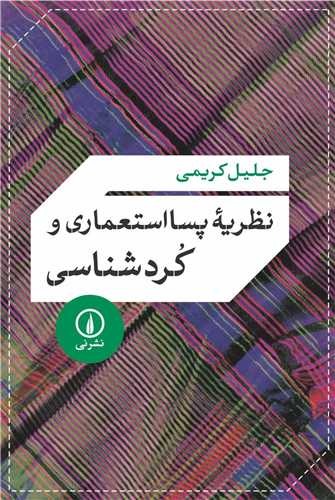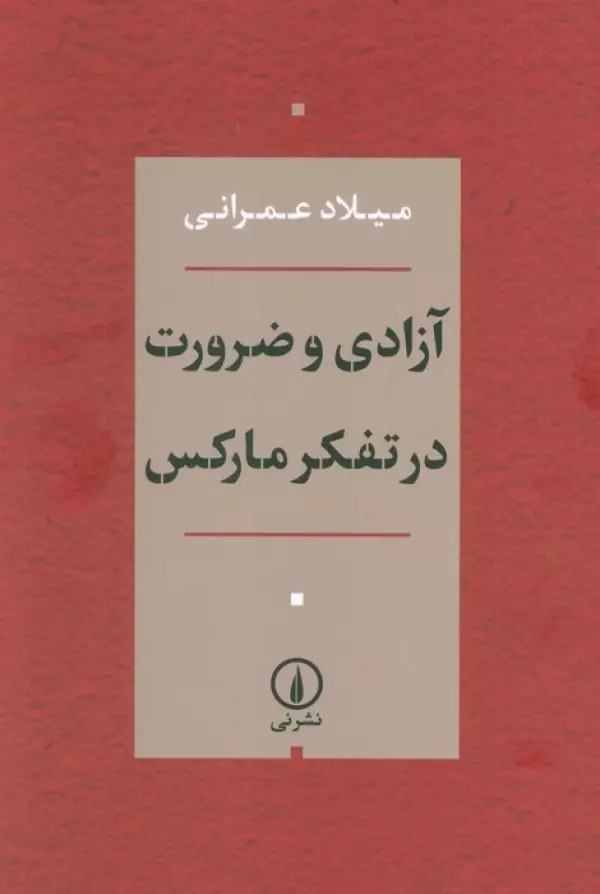Taḥlīl-i Muḥtavā: Mabānī-yi Ravish'shināsī: Persian 2023
تحلیل محتوا: مبانی روششناسی
17.07 $
Share
Wishlist
Original Title:
Content Analysis: An Introduction to Its Methodology
ISBN:
9789643127213
Translator:
Hushang Nayibi
Publisher:
Nashr-i niy
Age Group:
Adult
Pages:
261
Weight:
370 g
Dimensions:
18 x 25 x 2.4 cm
Book Cover:
Paperback
The Second Edition of Content An Introduction to Its Methodology is a definitive sourcebook of the history and core principles of content analysis as well as an essential resource for present and future studies. The book introduces readers to ways of analyzing meaningful matter such as texts, images, voices – that is, data whose physical manifestations are secondary to the meanings that a particular population of people brings to them. Organized into three parts, the book examines the conceptual and methodological aspects of content analysis and also traces several paths through content analysis protocols. The author has completely revised and updated the Second Edition , integrating new information on computer-aided text analysis. The book also includes a practical guide that incorporates experiences in teaching and how to advise academic and commercial researchers. In addition, Krippendorff clarifies the epistemology and logic of content analysis as well as the methods for achieving its aims. Intended as a textbook for advanced undergraduate and graduate students across the social sciences, Content Analysis, Second Edition will also be a valuable resource for practitioners in a variety of disciplines.
more
تحلیل محتوا از مهم ترین روش های تحقیق در علوم اجتماعی و به ویژه در ارتباطات است که در پی شناخت داده ها نه به منزله ی مجموعه ای از رویدادهای مادی، بل به منزله ی پدیده های نمادین است و بدون ایجاد اخلال در واقعیت اجتماعی به تحلیل آن ها می پردازد. در این کتاب مبانی روش شناسی و عناصر کلیدی تحلیل محتوا که در کاربرد آن باید مورد توجه قرار داد به طور مبسوط ارائه می گردد.
کتاب با تاریخچه ی مختصر تحلیل محتوا، تعریف و چهارچوب مفهومی آن آغاز می شود. سپس کارهایی را که می توان با تکنیک های تحلیل محتوا انجام داد و کارهایی را که نمی توان با آن انجام داد به میان می آید آنگاه در طرح منطقی تحلیل محتوا شیوه ی طرح ریزی واحدهای تحلیل مطرح می شود و فرایندهای روشن و قابل فهم ضبط داده ها و نیز داده ها و سازه های استنباطی مقتضی برای طرح ریزی برنامه ی تحقیق عنوان می شود. سپس کاربرد فراوانی، پیوستگی، وابستگی، تحلیل تمایزات و خوشه بندی و طبقه بندی متن به میان می آید. و مهم تر از همه در این کتاب تکنیک های جدیدی برای پایایی و اعتبار تحلیل محتوا مطرح می شود که در این زمینه استانداردی برای دانشجویان و محققان است.
more



